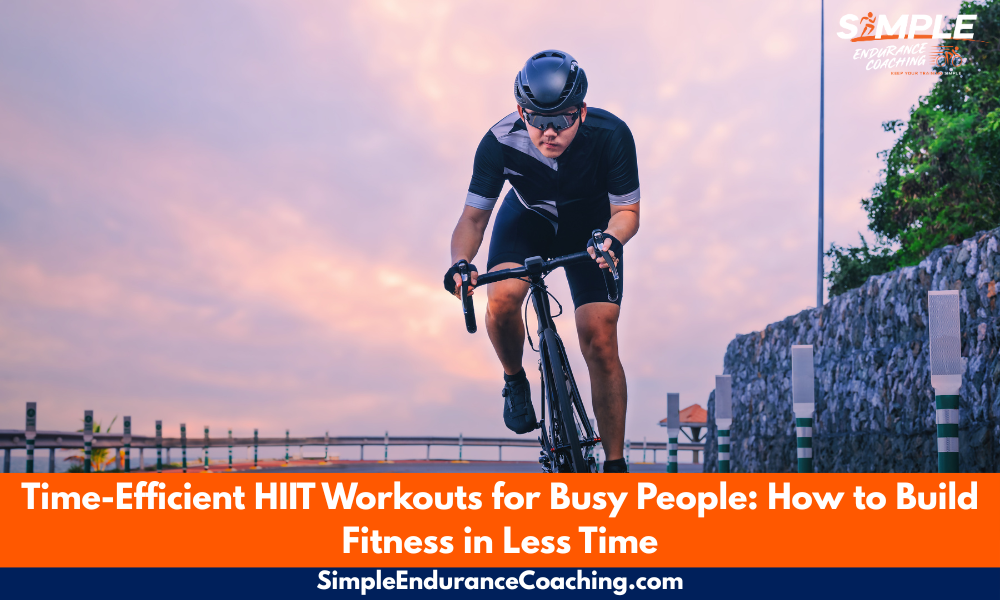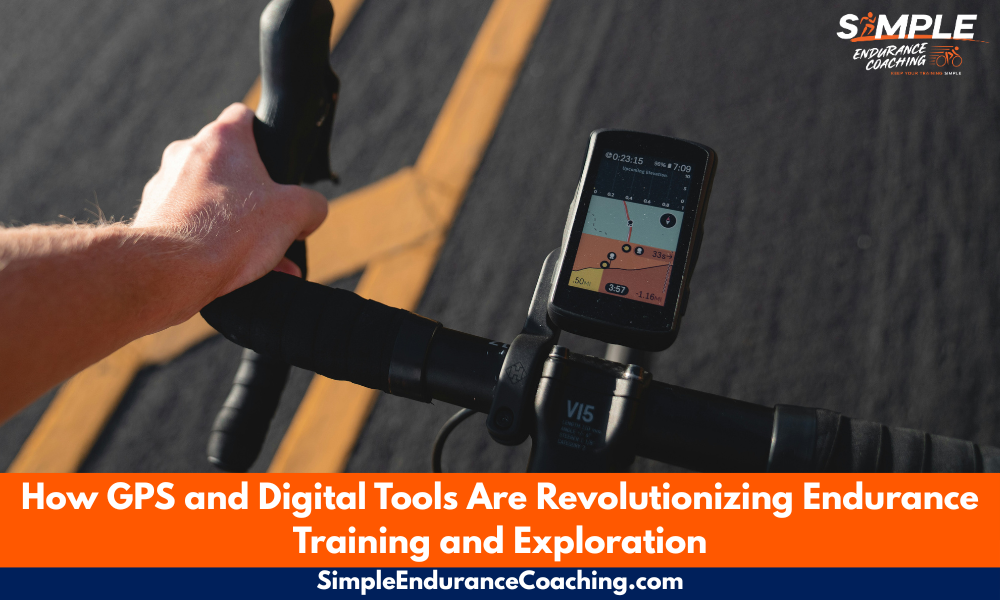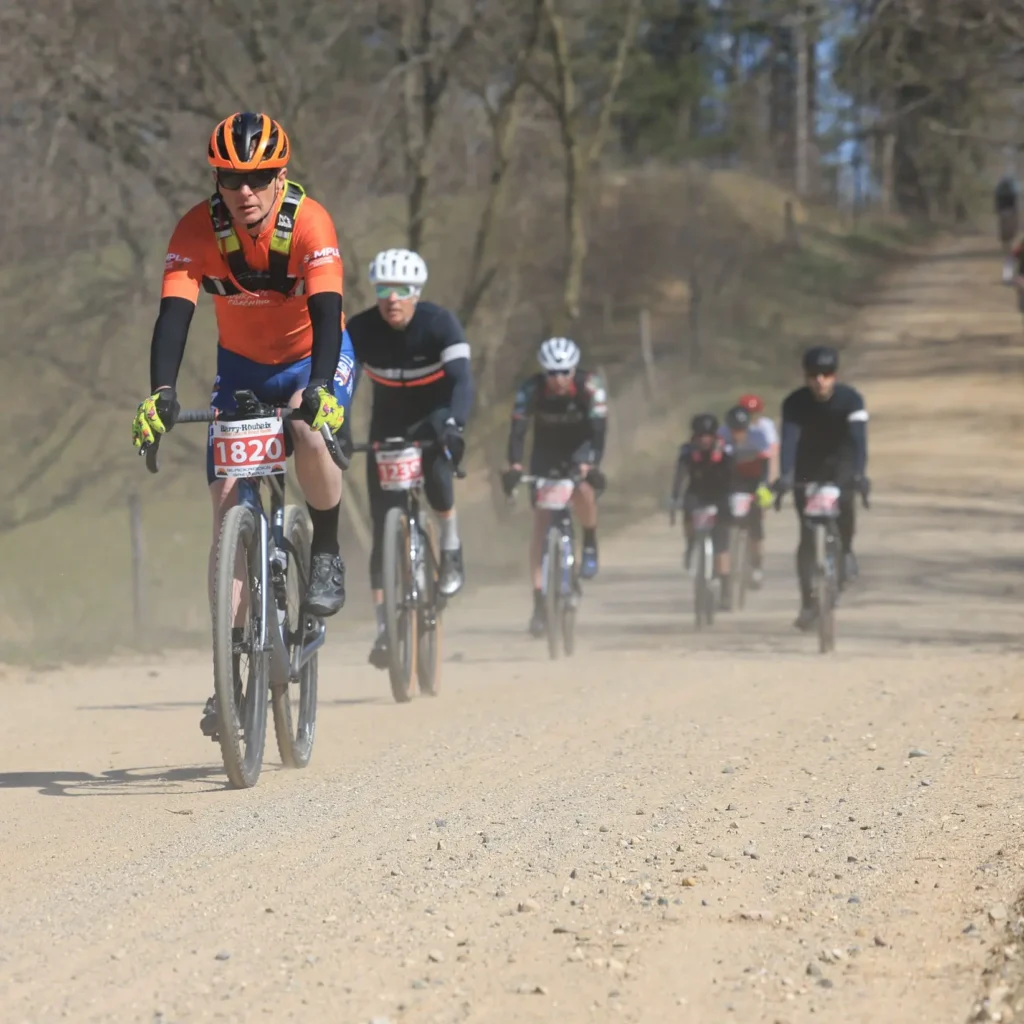
When you’re racing or riding for hours, keeping your energy steady is critical.
Most cyclists know they should eat and drink on the bike—but the real question is: how often should you fuel?
Every 20 minutes or every hour?
Research gives us some clear answers – sort of.
The bottom line is that it seems fueling more often is better than every hour.
Why Fueling Matters
Your body stores carbohydrates as glycogen in your muscles and liver.
But during long races, these stores run low, and if you don’t refuel, you’ll eventually hit the dreaded “bonk.”
Carbohydrate intake during exercise has been proven to:
- Maintain blood glucose levels
- Delay fatigue
- Improve endurance performance
Even small amounts of carbohydrate can help.
For example, one study showed that just 16 grams of glucose per hour improved endurance by 14% compared to water.
Small, Frequent Bites vs. Larger, Spaced Out Feedings
A recent controlled study compared two fueling strategies during 3 hours of steady cycling:
- 22.5 g every 15 minutes
- 45 g every 30 minutes
Both strategies added up to the same hourly carb intake.
The result?
No difference in performance between frequent smaller feedings and less frequent larger ones.
This means the most important factor is total carbohydrate per hour, not the exact size of each feeding.
How Much Should You Aim For?
- 30 to 60 grams an hour for rides up to 2.5 hours.
- 60 to 90 g/hour for longer races, especially when using a mix of glucose and fructose for better absorption.
- Highly trained athletes can push intake higher (up to ~120 g/h), but this requires gut training.
Three Things to Know About Fueling a Long Bicycle Race
- Total carbs matter most. Research suggests that whether you eat every 15–20 minutes or once every 30 minutes, performance is the same as long as you hit your hourly goal.
- Aim for 60–90 grams per hour. Studies consistently suggest this range to keep blood sugar steady, delay fatigue, and support endurance.
- Practice your plan. Your gut needs training just like your legs. Use training rides to test your fueling strategy—timing, type of carbs, and total intake—so race day feels smooth.
Need more?
Unlock the secrets to mastering gravel racing with our FREE Guide to Gravel Racing! Get yours here.
BOOK A CALL so we can discuss your goals, answer your questions, and talk about making your endurance training more effective, fun, and Simple.
Paul Warloski is a:
- USA Cycling Level 1 Advanced Certified Coach
- RRCA Running Coach
- Training Peaks Level 2 Coach
- RYT-200 Yoga Instructor
- Certified Personal Trainer
- Certified Nutrition Advisor




